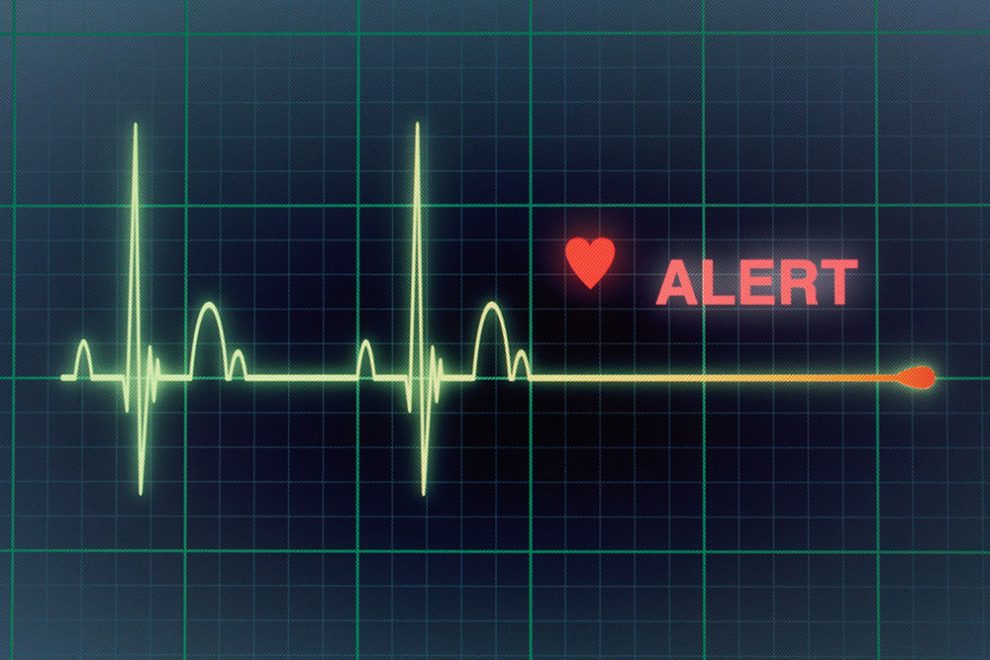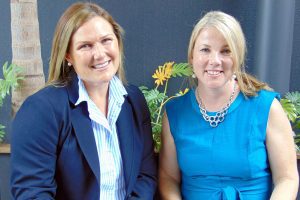The Australian Bureau of Statistics has released new data on the leading causes of death in the country.
The single leading cause of death in Australia is heart disease, accounting for 12.04 per cent of all registered deaths, according to 2016 data released by the Australian Bureau of Statistics (ABS) on Wednesday.
Heart disease is also the top cause of death among Australian men, with 10,870 deaths (or 13.28 of all male deaths) resulting from the disease.
However, the number and rate of death from heart disease continues to decline. In 2007, 22,956 people in Australia died from heart disease or 16.65 per cent of the total number of deaths, which had decreased to 19,077 (12.04 per cent of all deaths) in 2016.
While cancer accounted for almost 30 per cent of Australian deaths in 2016, the ABS breaks down the causes of death by cancer type, for example, prostate cancer, the 11th leading cause of death that year.
The ABS registered 3,334 deaths from prostate cancer, up from 2,939 in 2007.
Bureau data shows that breast cancer is the 12th leading cause of death in Australia, with 3,004 deaths recorded in 2016, up from 2,709 in 2007.
Pancreatic cancer, the 13th leading cause of death, rose from 2,252 deaths in 2007 to 2,911 in 2016.
The number of people dying from cerebrovascular diseases has declined from 11,505 or 8.3 per cent of the total number of deaths in 2007 to 10,451 or 6.6 per cent in 2016.
While death rates from heart disease and stroke have decreased, other diseases such as dementia have continued to increase.
Since 2007, the number of Australians dying from dementia has jumped from 7,318 (5.3 percent) of all deaths to 13,126 (8.3 per cent), with the condition now the leading cause of death of Australian women at 8,447 or 11 per cent of all female deaths.
Suicide is the leading cause of death among people 15-44 years of age and remains the leading cause of premature mortality in Australia, occurring at a rate of 11.7 deaths per 100,000 people.
The infant mortality rate is at a record low at 3.1 deaths per 1,000 live births.
There were 158,504 deaths in Australia in 2016 and a corresponding standardised death rate of 5.4 per 1,000 people.
There were more male deaths (81,867) registered in 2016 than female deaths (76,637), which translates to a ratio of 106.8 male deaths for every 100 female deaths.
New mission to stop breast cancer deaths
Understanding why some women are more at risk of dying from breast cancer than others is the focus of a major research project launched by the National Breast Cancer Foundation.
While breast cancer has one of the highest survival rates at 90 per cent, there are hundreds of women who still die within five years of being diagnosed with the disease.
Eight women in Australia die of breast cancer every day, statistics show.
Researchers at the Centre for Population Health Research at the University of South Australia will pull together all the data from hospitals, radiotherapy centres and tissue banks to help answer the question: Why are 10 per cent of women still not surviving beyond five years?
“What’s different about them and what can we do about it?” said Professor Ian Olver, a chief investigator on the project.
“If we can link all the data together, we can find out more about what puts people at greater risk of not doing well.”
The research, announced on Wednesday at the launch of the Pink Ribbon Breakfast fundraising campaign, will start in SA and then broaden nationally.
Some of the questions to be asked will examine survival outcomes for women living in rural towns and younger women.
Prof Olver says he’s “absolutely confident” of producing new data that will lead to tailored treatments and, ultimately, improved survival.
“What you do is look at the population to get your clues and then you can design very specific studies that will be able to translate into individual treatments, so you use the big data set and then you can design the studies then that are very specific to get answers for individual patients,” Prof Olver told AAP.
NBCF CEO Professor Sarah Hosking says they will use the information to identify any gaps in care and what changes the health system needs to do to fill them.
“Over the past 20 years, research has come so far in reducing deaths from breast cancer, but until we reach zero deaths we believe the job’s not done,” she said.
“NBCF will use this information to make data-driven decisions in setting research priorities that are focused on closing the gap on the last 10 per cent of breast cancer deaths and making it a better tomorrow for those affected.”
This year marks the 15th anniversary of the Pink Ribbon Breakfast campaign held in October for International Breast Cancer Awareness Month.
Funds raised this year will go towards research on the repurposing of an available drug to better treat metastatic breast cancer.
Leading causes of death in Australia
- Ischaemic heart disease: 12pct of all deaths
- Dementia, including Alzheimer’s disease: 8.3pct
- Cerebrovascular diseases: 6.6pct
- Trachea, bronchus and lung cancer: 5.3pct
- Chronic lower respiratory diseases: 5.1pct
- The top five causes was unchanged from the previous year, accounting 37.3pct of all deaths
- But dementia overtook heart disease to be the leading cause of death amongst women
- There were 158,504 deaths overall: 81,867 males and 76,637 females
Source: Australian Bureau of Statistics data, compiled from 2016 statistics
Readers seeking support and information about suicide prevention can contact Lifeline on 13 11 14 or Suicide Call Back Service 1300 659 467.
Source: AAP





















Add Comment